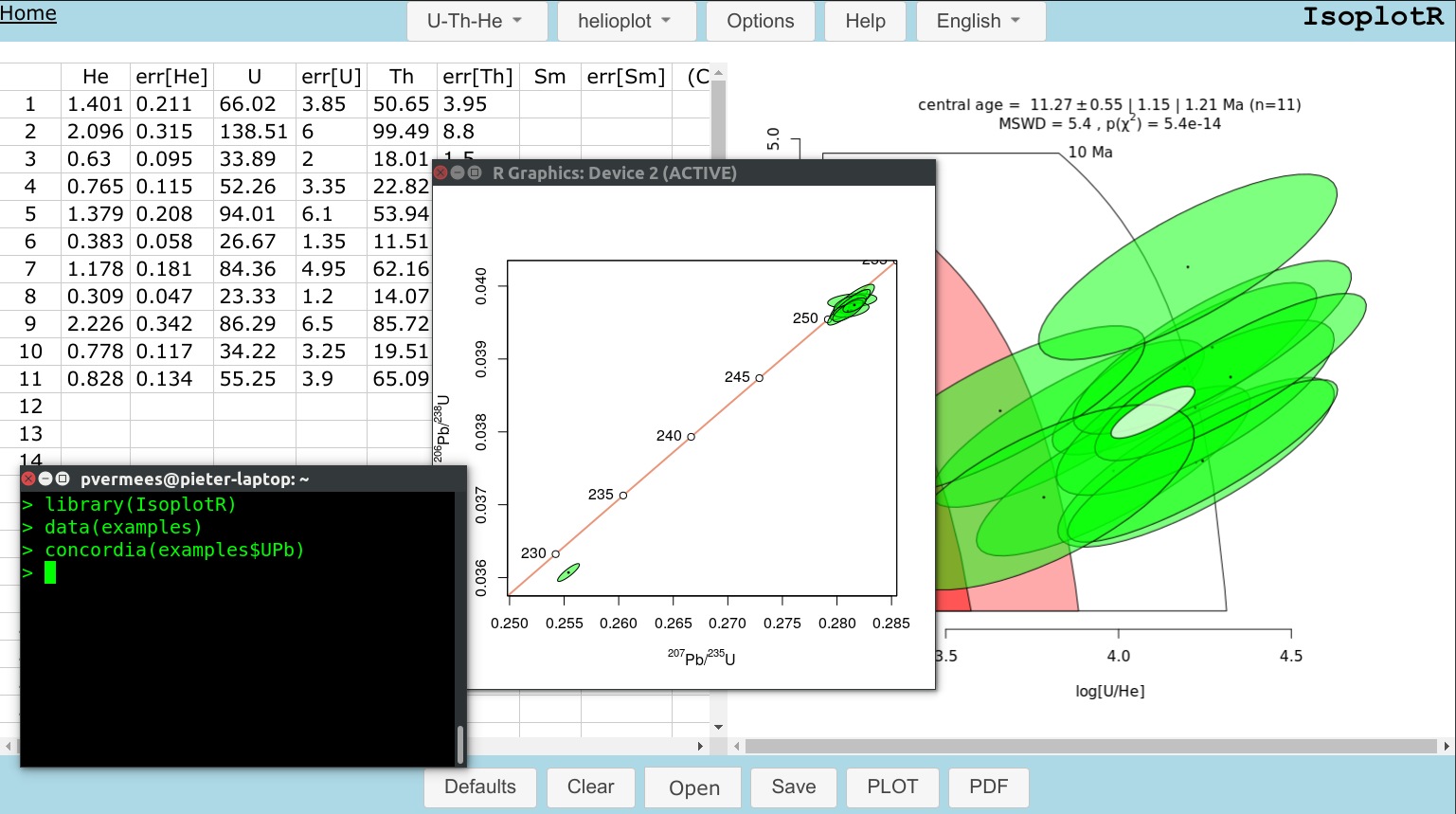Dr Yang Li is an associate professor in Economic Geology and Geochemistry at Peking University.
His research mainly focuses on the timing and rates of geological process, with a specific emphasis on ore formation, mass extinction and life innovation. Rooted in field geology and driven by research innovations, he develops cutting edge analytical tools to tackle the problems in earth and planetary sciences.
We are glad to have him as an honorary associate professor at the London Geochronology Centre, University College London. He is working closely with Prof. Pieter Vermeesch and others from the LGC.
Further information about Prof. Yang Li can be found from his website at PKU.






